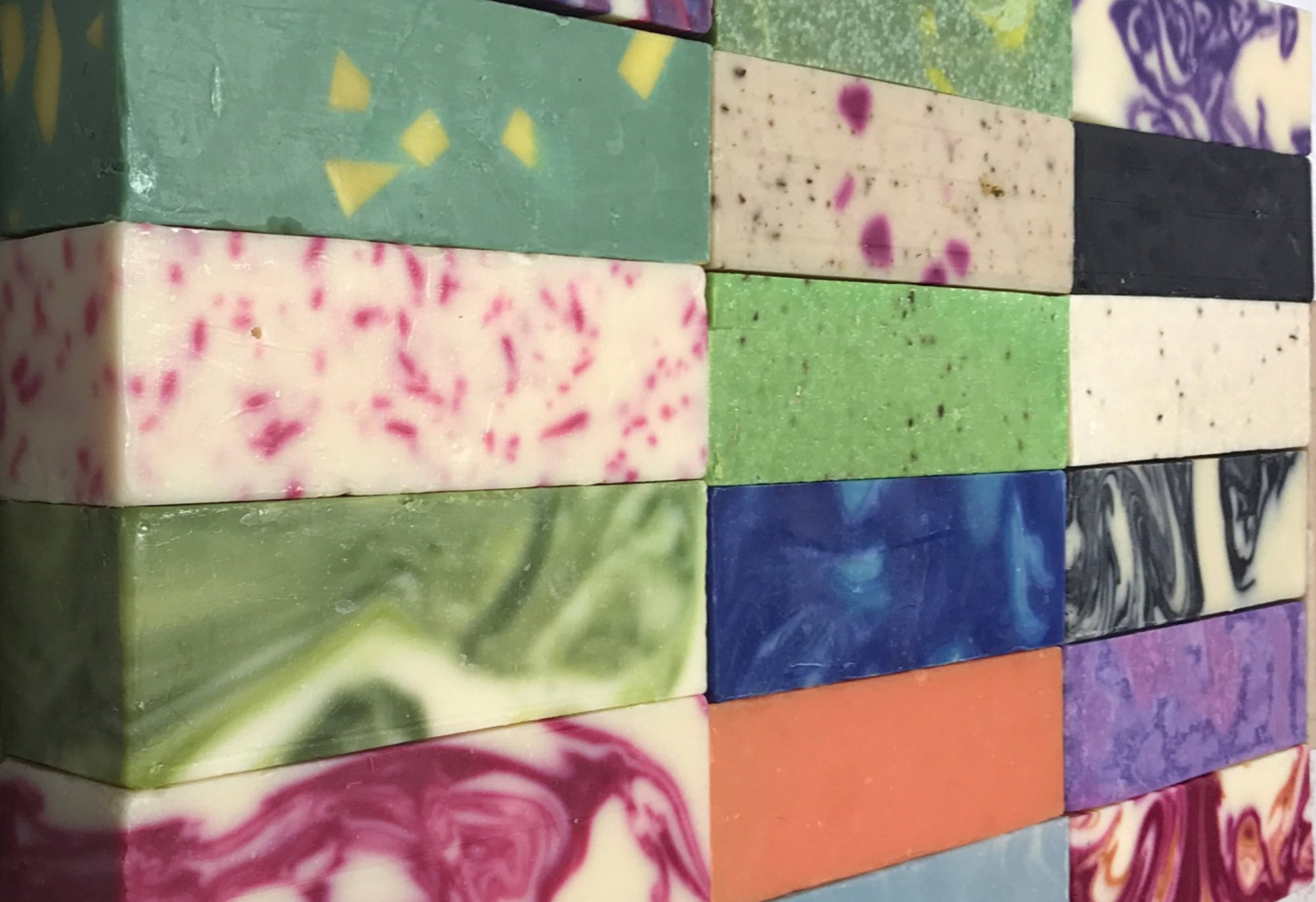The History of Soap Making – Brief version! – continued
The alkali that turned the fats into soap came from fire ashes and that mixed with the rancid odor of animal fat was probably a real nose killer!! Because of the unpleasant odor, bathing was not popular if you had to use soap to get clean so baths were also a luxury. This soap was mainly used in textile manufacturing where materials had to be washed between processes.
In 1791 a French scientist Nicolas Leblanc created a process where he could make soda ash very cheaply which drastically reduced the price of soap making although it wasn’t as refined the soap we have today. This Leblanc process lead to Ernest Solvay creating the Solvay process which used inexpensive salts and limestone’s to make cheap alkali’s one of which is sodium hydroxide (lye) and thus substantially lowered the price of making soap and greatly enhanced its quality.
The most famous soap in ancient history is Aleppo soap which came from the Syrian town of Aleppo. For it’s time it was the most pure and pleasant smelling soap. It was considered so gentle that it was prized as a soap for babies. From 800 AD through the crusades, Aleppo soap was one of the prized trading commodities. The exact origin and methods of Aleppo soap has been lost through time but other countries learned some of the secrets and Aleppo type soaps began showing up all over the world.
The most popular soap in the world is known as Castile soap which is named after the Spanish town of Castile. As Aleppo soap traveled the silk road and Muslim soap makers made their way to Europe, the Spanish got the recipes and began making their own variety of Allepo soap mainly in Castile which had an abundance of the primary ingredient Olive Oil. True Castile soap was and is made only with olive oil and no animal fats. It is a very soft bar of soap with limited lather but wonderful smelling compared to soaps made with animal fats. Soaps made with Olive oil have a very long shelf life because Olive oil has a very long shelf life. It is very pure and does not go rancid quickly like animal fats do so the quality and smell of Castile soap was just like Aleppo soap only the town of Castile could make it cheaper because of all of the olive oil available.
The way we’ve made soap for hundreds of years
The modern day process of soap making is using the process of sodium hydroxide or potassium hydroxide (lye) mixed with vegetable oils and/or animal fats (triglycerides). The lye base becomes a catalyst to the oils which are actually fatty acids. The lye is then the catylist that causes a chemical reaction with the oils and turns the oils into soap molecules and glycerol and when complete, 100% of the lye is totally burned up. Gone!
The finished product is “Fatty-Acid Salts” commonly called soap molecules which are surfactants or detergent and “Glycerol” (glycerin), and no lye.
If sodium hydroxide (sodium lye) is used, the soap will be hard but if potassium hydroxide (potassium lye) is used, the soap will be very soft and even liquid. Soap that is liquid or clear see through bars is often called Glycerin Soap due to the large amounts of glycerin in the soap. The clear bars must be shrink wrapped until use, as the glycerin attracts water from the air and can make the bar soap wet.
Glycerin is a humectant.
It draws moisture to it, even right out of the air.
On the skin it moisturizes and protects.
Glycerin is taken OUT of commercial soaps and sold as a second product. This makes their soap bars harder and also much harsher to the skin. Fatty-acid salts remove moisture and dry the skin out with no glycerin to protect.
But with HandMade soap, the glycerin is left in and that makes handmade soap extremely beneficial to you as it helps protect and hydrate and nourish the skin while washing and bathing. After rinsing off you will still have a slight imperceptible film of glycerin that sticks to and soaks into your skin during the bathing process and that then is a protecting layer for your skin which lasts long after your bath.
Kauai Girl Soap is the Castile method where we only use pure vegetable oils and no animal fats.
That said, we do make one soap called “Pioneer Soap” which is made from lard (which is pig fat). This soap is an old world soap that some people buy just to see what the old world and pioneers used. Sometimes we make it from unscented lard and other times we make it from filtered bacon grease. The humor here is that my 89 year old father tells me that this soap smells just like the soap his mom made when he was very little.
![]()


One Reply to “A brief history of soap making”